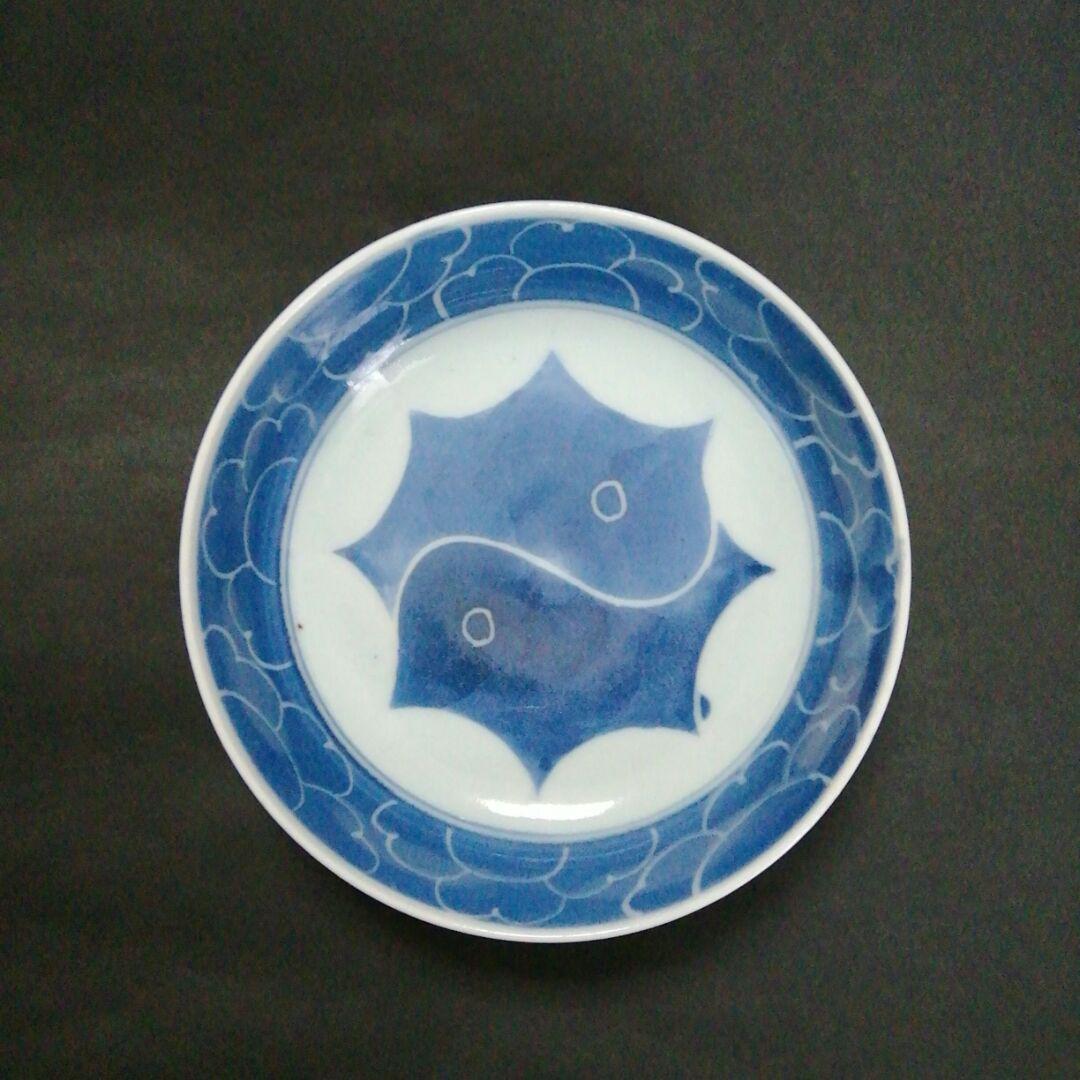-40%
EXQUISITE TEA CUPS, SAUCERS, PRISTINE JAPANESE MORIAGE GORGEOUS 1890s to 1920s
$ 20.59
- Description
- Size Guide
Description
Selling these exquisite tea cups and saucers individually (one tea cup, one saucer, each).If you prefer, you may buy all 6 as a set, as you wish (depending on availability). If you wish to purchase just one cup and saucer, please message me directly for photos of the remaining pieces to see which specific cup and saucer will be yours. They are all in good condition, with nearly identical, though unique, hand-painting with gold and moriage.
This magnificent antique set -- of
six matching tea cups, six saucers, and two mini-cups with dragon design -- is
in pristine condition. The raised "moriage" is in great shape and gives a splendid effect to the beautifully painted porcelain with gold trim.
If you buy the whole set of 6 cups and 6 saucers, you will receive the two mini dragon cups included. I don't see how to set this up as variations, and so cannot list them here.
Available in a separate listing
is a matching teapot, also painted with gold and decorated with moriage,
and which depicts figures against a background of water and mountains. Please send a message if interested. Here it is: https://www.ebay.com/itm/324686625993
I have been trying to identify the maker of this set; it is part of an estate collection, and there is a note with it that refers to Satsuma. However, I've found a near identical piece on gotheborg .com /marks/ 20thcenturyjapan. shtml that indicates it as "sundry" and asks for help identifying the maker. It dates the piece from the late 1880s to the 1920s.
Info on the technique (from Satsuma Pottery .com web site):
Moriage is the term used to describe the fine and delicate layering or placing of clay on pieces of pottery. The type clay that is used for this method is known as "slip" and is thicker and stickier than the clay used for the actual item. The Japanese potters of centuries ago were enthused with this method and used it to create many brilliant designs over the years. This technique was not just used by the Japanese potters though, it is a method of decorating fine porcelain and pottery that has been adopted all over the world.
In the case of Satsuma pottery, the clay was often added in small bumps, circles or lumps to decorate the piece. On a Satsuma vase for instance, you will see small raised dots, often painted a different color (such as white).
These are the moriage layers that are built up slowly as the piece is made, fired during each layer and then more raised areas are added before the piece is finished. It is also possible that the moriage designs were made as separate mouldings and then applied to the Satsuma pieces. However, this practice is more likely with more modern pieces.
Beading is also used quite heavily on this style of pottery too, with small dots of clay added to make raised bumps that are then painted when the piece has been fired and completed. These raised areas on the pottery add to the overall design, making them more decorative and unique, compared to just a painted piece.
The combination of hand-painted designs, moriage and beading make some of the Satsuma pieces very collectable and valuable. Other types of pottery from Japan also used this method of decoration too. Dragonware pottery is famed for it's intricate dragon designs that stand up and are raised from the piece, all classed as moriage pottery. The shame about this kind of decoration is that it can be easily damaged over time and break off. Also some of the paint-work, gilding or color can rub off if the pieces are not kept in good condition. Often, with Dragonware tea sets especially, the moriage areas are often where the handles are, which can lead to some areas becoming damaged, just through daily use.














